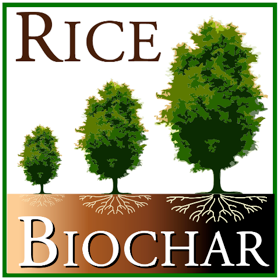























Amending soils with charcoal may increase soil fertility, improve soil drainage, and help manage nutrient pollution. Adding charcoal to soils also sequesters carbon when this charcoal is made from biomass that would otherwise rapidly decompose to CO2. We are applying this promising C sequestration technique to the problem of greenhouse gas management in Texas. We are supported by grants from NSF, DOE, USDA, the Rice Shell Center for Sustainability and the Rice Institute of Biosciences and Bioengineering.

Carbon sequestration and energy production through soil biochar amendment